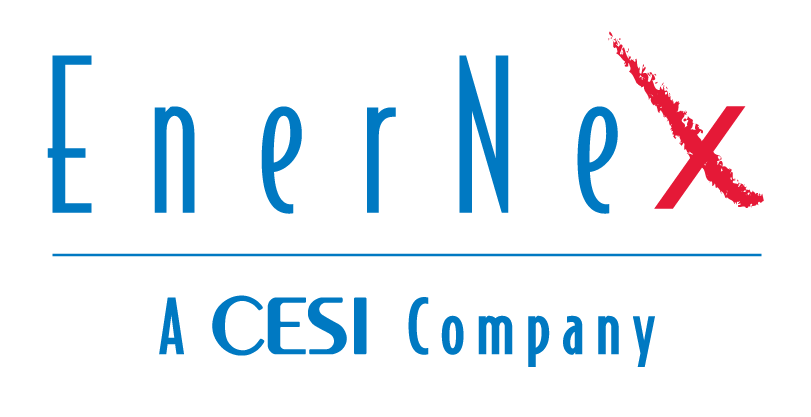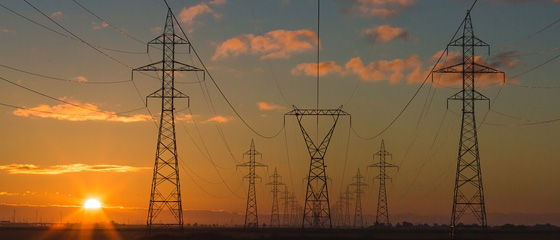By Jeremy Laundergan, Vice President of Consulting Service
Since our founding in 2003, EnerNex has been involved with grid modernization efforts related to Demand Side Management (DSM) including energy efficiency (EE) and demand response (DR). Our work with Southern California Edison (SCE) on the Use Cases for utilizing Advanced Metering Infrastructure (AMI) to facilitate DR included the enablement of dynamic pricing (time-of-use (TOU), critical peak pricing (CPP), peak time rebate (PTR) and real-time pricing (RTP)) as well as meter functionality to receive and relay DR signals from a utility to DR enabling devices in the home or building.
While the technical aspects for enabling DR have continued to mature over the past decade, DR continues to be predominantly a reliability resource associated with utility load control of customer’s hot water heaters or air conditioners. Reliability resources are needed as contingency resources when there is not enough supply (generation) to meet demand or there is a delivery constraint (e.g. distribution capacity) preventing electricity from getting to where it is needed. While reliability and contingent resources are still needed, modern DR technologies are more customer friendly and enable more versatile programs, such as quick response and short duration DR events.
EnerNex has worked with the California Independent System Operator (CAISO) to examine barriers to DR participating in the wholesale energy market as well as the cost of integrating DR into that market. The idea is that electricity is a commodity. With a typical commodity, demand decreases when prices increase and demand increases when prices decrease. In the case of electricity, consumers have neither the insight into nor exposure to the real-time wholesale energy price. For example, consumers can see the price for a gallon of gasoline at the gas station or a gallon of milk at the grocery store and directly trace that to wholesale commodity prices, but there is no similar price transparency when using electricity. Electricity rates are typically flat with one price per unit (kWh) regardless of when the electricity is consumed.
There are some areas like California that have a tiered rate structure for residential customers to promote conservation as well as dynamic pricing for non-residential customers. Additionally, commercial and industrial customers may have a demand charge associated with their peak monthly and/or yearly peak demand (kW). Therefore, to get a commodity interaction between the real-time price of electricity and electricity demand, consumers have to either be on a RTP rate (like some customers in Illinois and elsewhere) or participate in an aggregated demand response resource managed by the utility or third party DR provider. The utility or third party DR provider then participates in the energy market by bidding the DR resource into the market at an economically feasible price, which is hopefully competitive with the next available generation resource while compensating the customer for their participation.
Unfortunately, the basic concept of DR is not very familiar to the majority of customers, let alone the more advanced participation of DR in wholesale energy markets. On the other hand, EE programs have been highly successful for over two decades, which can take at least partial credit in relatively flat growth in energy (kWh) consumption over the past decade[1]. As a result, customers now understand the concept of purchasing more efficient devices and equipment in order to save electricity. As states like California try to address future energy needs with the loading order[2] and New York contemplates Non-Wires Alternatives (NWA) for Reforming the Energy Vision (REV)[3], consumers will need assistance in understanding electricity demand management. The California loading order provides a logical progression for meeting future electric energy needs:
- Optimize strategies for increasing conservation and energy efficiency
- Set Energy Efficiency and Demand Response as preferred means of meeting growing energy needs
- Meet generation needs with renewable energy resources and distributed generation
 However, with recent EnerNex experience in a Demand Management program, we have learned that we can utilize demand management programs as a stepping stone from EE programs to DR programs. Customer education through a demand management program can act as an entry level course to understand the concept of reducing peak electricity load while simultaneously saving the customer money with lower demand charges and laying a foundation for potential participation in demand response programs. By treating the energy management approaches of conservation, energy efficiency, demand management and demand response as successive steps for customer education and voluntary participation in demand side management (DSM) programs, the industry will achieve a more holistic approach for DSM.
However, with recent EnerNex experience in a Demand Management program, we have learned that we can utilize demand management programs as a stepping stone from EE programs to DR programs. Customer education through a demand management program can act as an entry level course to understand the concept of reducing peak electricity load while simultaneously saving the customer money with lower demand charges and laying a foundation for potential participation in demand response programs. By treating the energy management approaches of conservation, energy efficiency, demand management and demand response as successive steps for customer education and voluntary participation in demand side management (DSM) programs, the industry will achieve a more holistic approach for DSM.
[1] U.S. Energy Information Administration 0 Sales (consumption), revenue, prices & customers: http://www.eia.gov/electricity/data.cfm#sales [2] California Energy Action Plan I, May 8, 2003: http://www.cpuc.ca.gov/PUBLISHED/REPORT/28715.htm; Energy Action Plan II – Implementation Roadmap for Energy Policies October 2005: http://www.cpuc.ca.gov/PUBLISHED/REPORT/51604.htm [3] Ney York Alternatives for Reforming the Energy Vision (NY-REV): https://www.ny.gov/programs/reforming-energy-vision-rev



